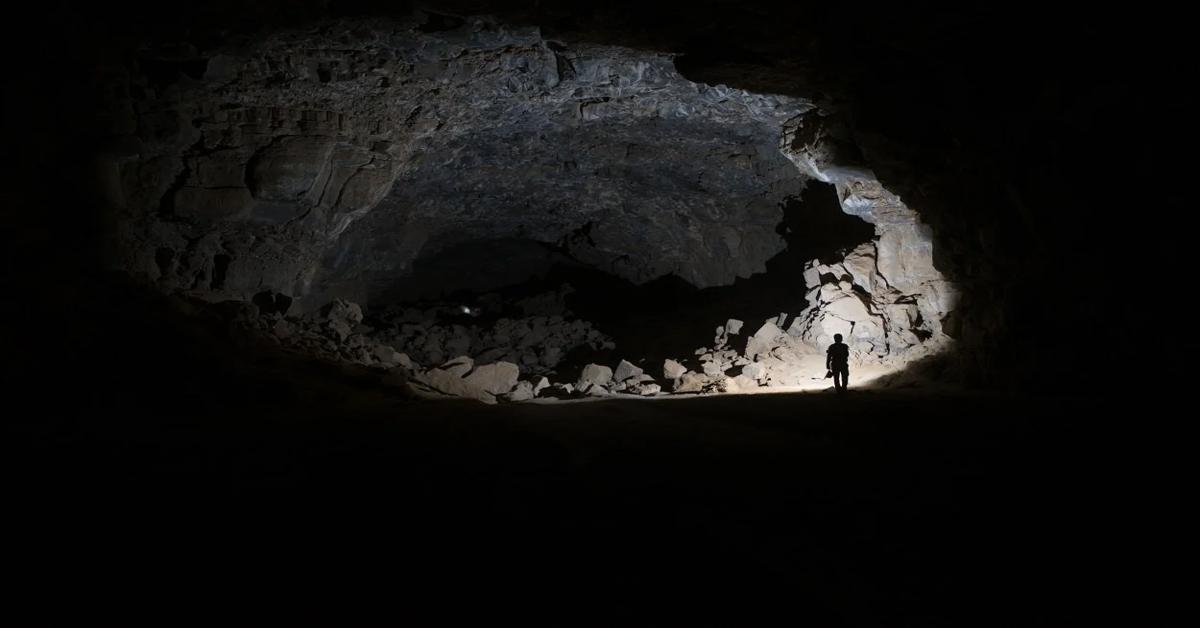
Griffith University's recent excavations at Umm Jirsan Cave in Saudi Arabia uncover evidence of human activity from the Neolithic to the Bronze Age
Recent archaeological discoveries in Saudi Arabia's Umm Jirsan Cave are offering unprecedented insights into the lives of ancient peoples in the region.
Led by Griffith University’s Australian Research Centre for Human Evolution (ARCHE), in collaboration with multiple international institutions, the research uncovers traces of human activity dating back to the Neolithic and Chalcolithic/Bronze Age periods, approximately 10,000 to 3,500 years ago.
Umm Jirsan, a 1,500-meter-long lava tube located in the Harrat Khaybar Lava Field, has revealed evidence suggesting it was a critical hub for pastoral routes.
"Our findings at Umm Jirsan provide a rare glimpse into the lives of ancient peoples in Arabia, revealing repeated phases of human occupation and shedding light on the pastoralist activities that once thrived in this landscape," said Dr. Mathew Stewart, the lead researcher and a research fellow at ARCHE.

The research, published in the journal PLOS ONE, highlights the lava tube's role in supporting transient pastoralist activities rather than serving as a permanent settlement.
Excavations uncovered extensive caches of bones from domestic animals such as caprids and cattle, as well as wild animals like gazelles, which suggests the tube was used as a shelter and water source for animals and herders passing through the area.
Rock art found within the cave further corroborates these findings, with depictions of cattle, sheep, goats, and dogs painting a vivid picture of the prehistoric livestock practices in the region.
Additionally, isotopic analysis of animal remains indicates that the diet of these animals primarily consisted of wild grasses and shrubs, while human diets were rich in protein, with an increasing reliance on C3 plants over time, pointing to the development of oasis agriculture.

Professor Michael Petraglia, director of ARCHE, emphasized the global significance of such studies. "While underground localities are globally significant in archaeology and Quaternary science, our research represents the first comprehensive study of its kind in Saudi Arabia," he stated.
This interdisciplinary effort deepens the understanding of Arabia's rich cultural heritage and asserts the region's archaeological significance on the global stage.
Researchers continue to work closely with the Heritage Commission of the Saudi Ministry of Culture and other international partners, reinforcing the importance of collaborative approaches to archaeological inquiry.
These groundbreaking findings at Umm Jirsan are reshaping narratives around human adaptation to harsh environments and the intricate social networks that ancient societies developed to thrive in such landscapes.
Source: Newsroom